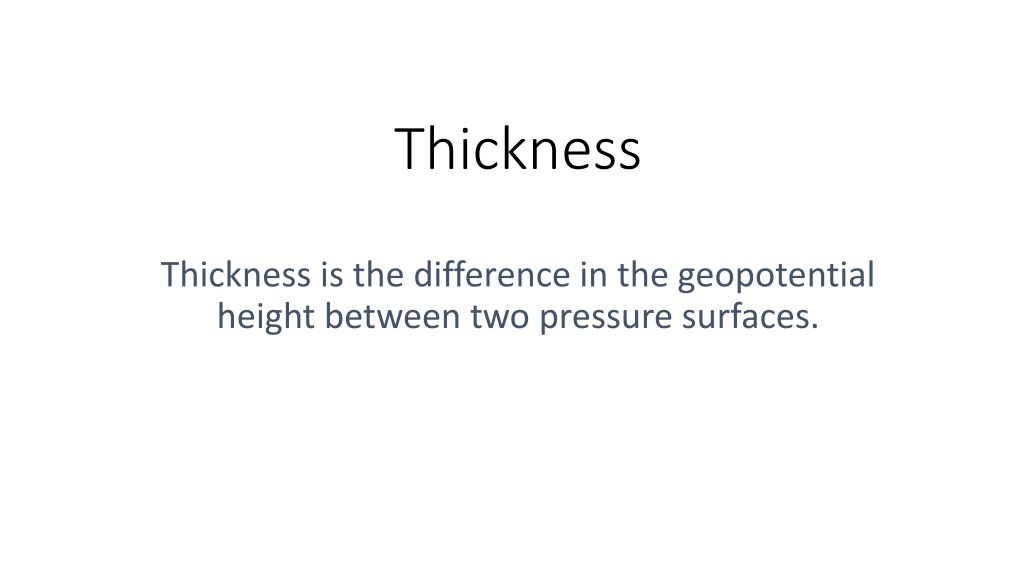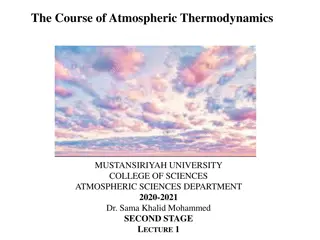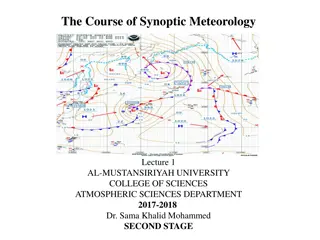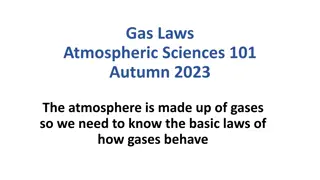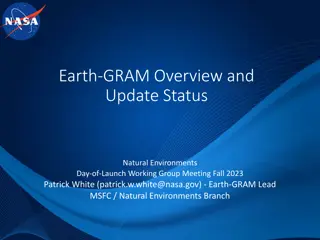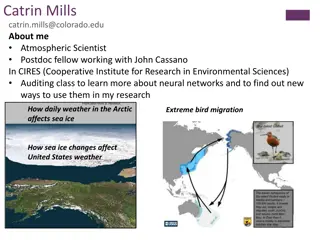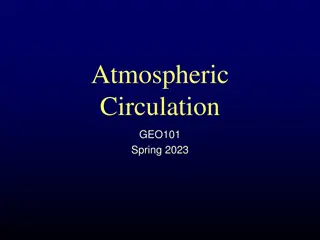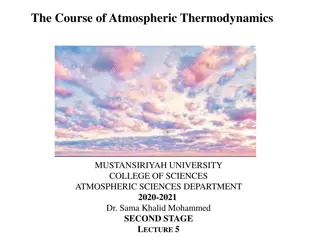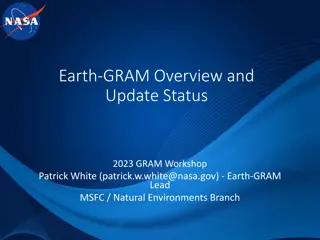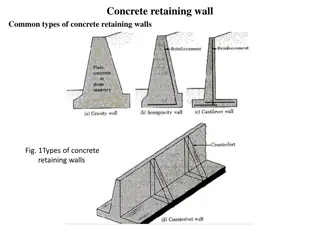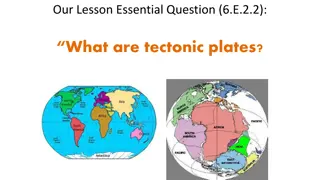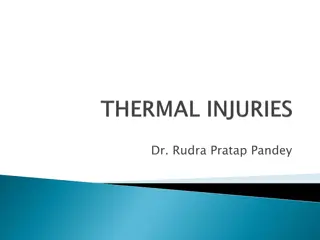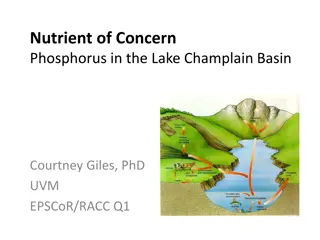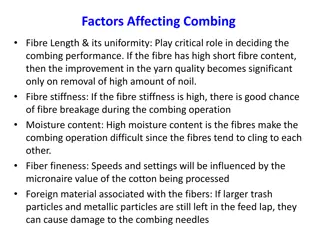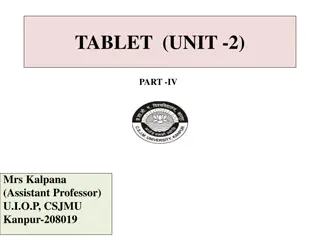Understanding Atmospheric Thickness and Its Applications
Atmospheric thickness refers to the difference in geopotential height between two pressure surfaces, which is dependent on the mean virtual temperature of the layer in between. This concept plays a key role in determining temperature gradients, identifying fronts, and aiding in weather forecasting, particularly for snow and rain predictions. The thickness of different pressure levels can provide valuable insights into atmospheric conditions and is widely used in meteorology.
Download Presentation

Please find below an Image/Link to download the presentation.
The content on the website is provided AS IS for your information and personal use only. It may not be sold, licensed, or shared on other websites without obtaining consent from the author. Download presentation by click this link. If you encounter any issues during the download, it is possible that the publisher has removed the file from their server.
E N D
Presentation Transcript
Thickness Thickness is the difference in the geopotential height between two pressure surfaces.
Key equation: hypsometric equation Key equation: hypsometric equation z2-z1is thickness
Thickness is proportional to the mean virtual Thickness is proportional to the mean virtual temperature of the layer between two pressure temperature of the layer between two pressure surfaces surfaces Thus, the difference in the geopotential height between two pressure levels is related to the intervening temperatures. Warmer Tv is associated with high thickness Cooler Tv associated with lower thickness Horizontal distribution of thickness can provide the distribution of temperature in the layer.
1000 1000- - 500 a measure of the mean temperature of the lower a measure of the mean temperature of the lower troposphere troposphere 500 hPa hPa thickness is the most popular gives thickness is the most popular gives Rule of thumb: 60 m change in 1000-500 hPa thickness associated with a 3C change in mean virtual temperature of the layer Often given in decameters (dm)
Uses of thickness Uses of thickness: (1) a good measure of lower tropospheric temperature gradients (baroclinicity) good way to find fronts. Lower Higher
Useful for forecasting: e.g. Useful for forecasting: e.g. rain rain- -snow line snow line Rain-snow interface (50% chance of snow if precip) : ~ 5400 m continental ~ 5220 m marine Why?
1000 1000- -850 used by the NWS for snow used by the NWS for snow forecasting forecasting 850 hPa hPa thickness heavily thickness heavily 50/50% at 1300 meter 1000-850 hPa thickness
Thickness is related to the thermal wind vector (more in next lecture)
